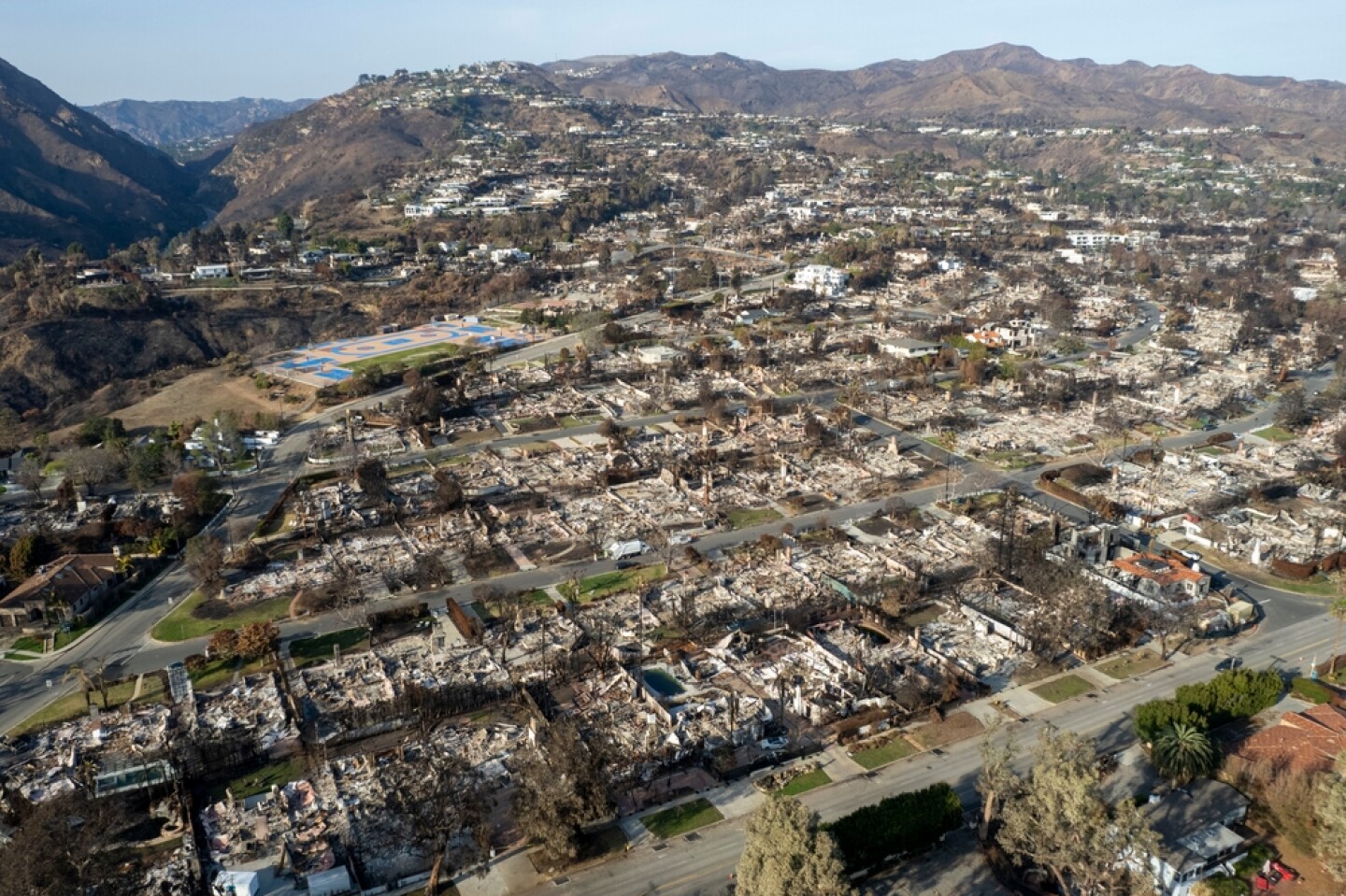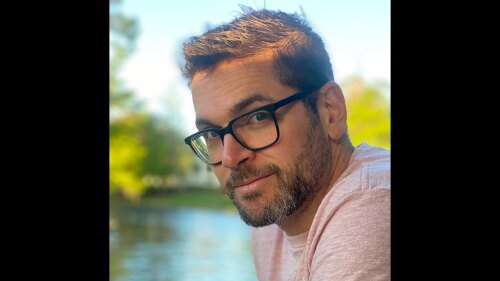In the aftermath of California’s devastating January fires, which caused more than $164 billion in losses, experts are calling for urgent reforms in wildfire insurance policies. Advocates, including Darcy L. Coleman of Alagem Capital, emphasize the need for legislation that empowers the insurance commissioner to mandate incentives for fire-hardening and community mitigation efforts. They warn that, without proactive measures to address skyrocketing premiums and inadequate coverage, homeowners are sure to face heightened financial risks when disaster strikes.

Darcy L. Coleman of Alagem Capital also co-led the insurance section of Project Recovery for ULI
“It is a socioeconomic issue, and it’s also a safety issue,” says Coleman, who co-led the insurance section of Project Recovery, a report developed by ULI Los Angeles, UCLA, and USC that provides actionable recommendations to expedite recovery from the fires.
Insurance underwriters do not reduce premiums when homeowners fire-harden their property or create defensible space—a buffer zone between house and forest that helps prevent fires. Creating incentives for homeowners who invest in fire protection will make those choices more affordable.
We know that, every year, there are going to be fires. We don’t need a weather forecast to tell us that. We just have to be prepared.
Project Recovery’s experts are pushing for more proactive—as opposed to reactive—insurance solutions. Such changes would require cutting through some red tape—for example, state regulations that Coleman says have gotten in the way of proper forest management, which prevents fires.
For the rebuilding that needs to happen, Coleman says, California needs to roll out “red carpet,” rather than the red tape that many observers see as characteristic of the state.
“We need a red carpet approach to make sure we can build faster, consistently, so we don’t have to request these special executive orders, changes, and legislation when there’s a disaster,” Coleman says. “We know that, every year, there are going to be fires. We don’t need a weather forecast to tell us that. We just have to be prepared.”
What needs to change?
Even before the fires, insurance rates were skyrocketing in California and other parts of the United States that underwriters flagged as high-risk for climate events. Insurers decided not to renew policies, or they left California altogether. With fewer insurers willing to operate in the state, many property owners were forced to pay exorbitant premiums or bear insufficient protection.
The fires made things worse.
“These wildfire disasters are a very thick coat of icing on an insurance crisis cake,” says economist Stuart Gabriel, director of the UCLA Ziman Center for Real Estate, who lent his expertise to the Project Recovery report. “There is a great imperative that it be addressed substantively.”
Here are some of the changes Project Recovery’s experts and other advocates are pushing for:
Legislation that rewards resilience
Insurers today ignore fire-hardening efforts and other fire-prevention measures. Experts say that regulatory action is needed to require insurers to reward these preventive measures with reduced premiums, so that people can afford such measures.
Consistent forest management to reduce fire risk
Forest management—from controlled burns to clearing unhealthy trees—dramatically reduces wildfire risk. Removing excessive dry vegetation, which can serve as kindling, robs fires of a primary fuel source. Residents and communities that invest in fire hardening should get credit for it in the form of lowered insurance premiums, Coleman says.
Local governments need to conduct controlled burns and other measures to consistently mitigate fire risk to maintain public safety. Federal, state, and local funding for forest and chaparral management needs to increase to achieve these ends.
“Historically, Native Americans... regularly conducted controlled burns,” Coleman says. “They managed the forest, and our government continued this practice, but the increase in regulations, including CEQA, got in the way. Overgrown trees have become fuel for fires and need to be cut back.”
Insurance solutions
California’s FAIR Plan—essentially, a last-resort insurer for people shut out of private markets—has fallen short. Discounts provided by the state plan are minimal, and eligibility criteria can be difficult to meet, thus limiting access for many homeowners.
Because the plan covers only fire risk, homeowners still need to buy private insurance. Even before the Eaton and Palisades fires, rates were skyrocketing as the number of FAIR enrollees doubled between 2020 and 2024.
In the aftermath of January’s fires, FAIR does not have enough money to pay claims. The plan is tapping a $1 billion bailout from private insurance companies doing business in California to fill the gap. Meanwhile, rates are rising further for traditional home and FAIR Plan insurance. This increase has led some property owners to drop insurance or buy less coverage than they would need to replace their homes.
To mitigate these issues, Project Recovery’s experts recommend that federal or state government fund reinsurance for the FAIR Plan to improve its solvency, sustainability, and pricing. They also recommend new and improved builder’s risk policies, which protect buildings during construction. These policies should be designed to help homeowners, business owners, contractors, and developers build faster with sufficient insurance coverage, Coleman says.
Greg Econn—copresident of the insurance brokerage Venbrook Insurance Services, who contributed to Project Recovery—is developing such policies with individual carriers.
Econn, who is part of Steadfast LA, a nonprofit focused on accelerating rebuilding after January’s fires, recommends a streamlined, customized builder’s risk application process. Artificial intelligence should be used to efficiently underwrite and issue quotes, making insurance easier to understand, he says.
“What we’re trying to accomplish, in a nutshell, is getting insurance products in the hands of homeowners [who] are readily available, very broad, and you can’t beat the price,” says Econn, whose own home and car were destroyed in Malibu by the fires. “I have the advantage of buying power—that’s how I’m getting these carriers involved.”
Moving forward
The longer it takes to rebuild, the greater the number of people who will leave Los Angeles. Coleman says one of the hopes of those who contributed to Project Recovery is to reduce that number as much as possible—and address underlying barriers to building in the region.
These red tape issues have consequences on a daily basis that become more dire once a disaster hits. The impact of addressing them should be proportionate.
“Sometimes, when there’s a disaster . . . something good can come out of it,” Coleman says.
This article is part of a series examining topics in the Project Recovery report. Join us next Friday for a new installment.
Related reading:
● Holding on to Altadena: Rebuilding to Preserve Housing Wealth
● January 2025 Economist Snapshot: Los Angeles Wildfires Recovery Will Be Costly and Lengthy






